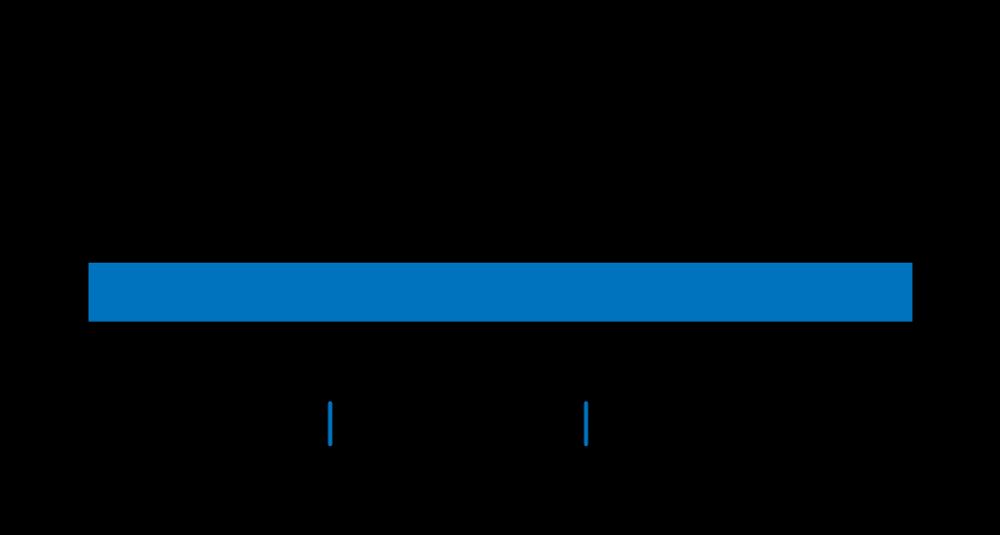




How well do people predict the results of studies?
@sdellavi.bsky.social and I leverage data from the first 100 studies to have been posted on the SSPP, containing 1,482 key questions, on which over 50,000 forecasts were placed. Some surprising results below.... 🧵👇

How well do people predict the results of studies?
@sdellavi.bsky.social and I leverage data from the first 100 studies to have been posted on the SSPP, containing 1,482 key questions, on which over 50,000 forecasts were placed. Some surprising results below.... 🧵👇
COMIC ◆ www.smbc-comics.com/comic/stats-3
PATREON ◆ www.patreon.com/ZachWeinersm...
STORE ◆ smbc-store.myshopify.com

COMIC ◆ www.smbc-comics.com/comic/stats-3
PATREON ◆ www.patreon.com/ZachWeinersm...
STORE ◆ smbc-store.myshopify.com
We studied 146 studies. Most used multilevel models or t-tests/correlations/ANOVA. In 27% the wrong methods were used (statistical test did not match data structure). Collaborate with a statistician!
#AIMOS2025

We studied 146 studies. Most used multilevel models or t-tests/correlations/ANOVA. In 27% the wrong methods were used (statistical test did not match data structure). Collaborate with a statistician!
#AIMOS2025
Counterintuitively - being on the logit scale, this is actually translates to a **strong** prior that p(y=1) is near 1 or near 0.
Always check your priors!
#rstats



The "linear" is linear regression means "linear in the parameters".
It does not mean "can only fit straight lines", and things like polynomials and splines can be included in linear models.
online.stat.psu.edu/stat501/less...
1/2

The "linear" is linear regression means "linear in the parameters".
It does not mean "can only fit straight lines", and things like polynomials and splines can be included in linear models.
online.stat.psu.edu/stat501/less...
1/2
solomonkurz.netlify.app/blog/2022-06...
solomonkurz.netlify.app/blog/2020-12...
solomonkurz.netlify.app/blog/2023-06...
solomonkurz.netlify.app/blog/2022-06...
solomonkurz.netlify.app/blog/2020-12...
solomonkurz.netlify.app/blog/2023-06...


We did some initial work with Elite Skills Arena and presented the results at the BASES conference in 2022.

We did some initial work with Elite Skills Arena and presented the results at the BASES conference in 2022.

scienceverse.github.io/metacheck/

scienceverse.github.io/metacheck/
employmenthero.com/jobs/positio...

employmenthero.com/jobs/positio...
Self-Paced Tutorial of the Day: Data Documentation & Validation using R📑 lmu-osc.github.io/data-documen...
Self-Paced Tutorial of the Day: Data Documentation & Validation using R📑 lmu-osc.github.io/data-documen...

“'Noise mining is a funny thing,' he said. 'When you first see a bit of noise, it doesn’t look so impressive. But as you work it out of the rock, it gets more and more refined.' This process, he explained, is called 'shucking.'"
“'Noise mining is a funny thing,' he said. 'When you first see a bit of noise, it doesn’t look so impressive. But as you work it out of the rock, it gets more and more refined.' This process, he explained, is called 'shucking.'"

